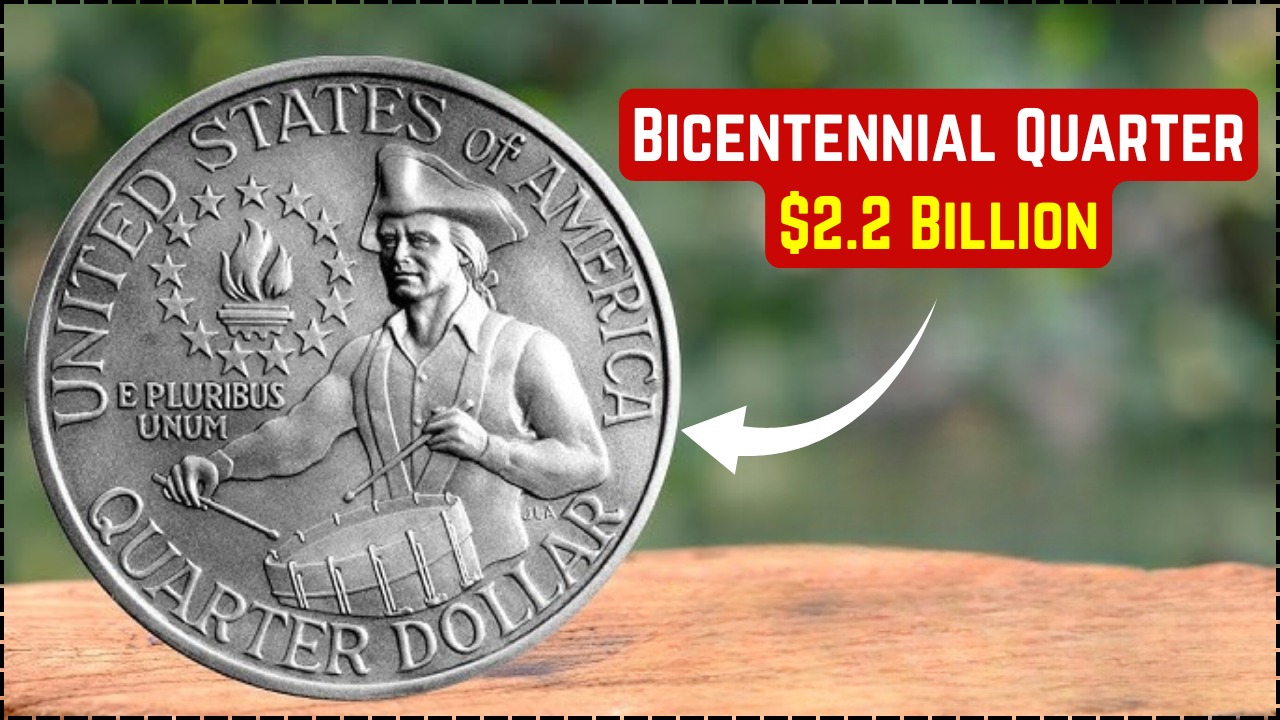
As inflation continues to weigh heavily on household finances, millions of Americans are looking forward to their annual tax refund to bring some much-needed relief. For the 2024 tax year, the Internal Revenue Service (IRS) has confirmed that qualifying taxpayers could receive up to $3,000 in refunds, depending on their filing status, tax credits, and income.
Refunds began rolling out in late May 2025, with distribution continuing through July 25, 2025. This article breaks down who qualifies, the expected payout schedule, and how to ensure your refund gets to you as quickly as possible.
Table of Contents
What Is the IRS $3,000 Tax Refund?
The $3,000 refund isn’t part of a new stimulus initiative. It’s a standard refund issued by the IRS after reviewing 2024 tax returns. This amount represents the overpayment of taxes or eligibility for refundable credits like the Earned Income Tax Credit (EITC) or Child Tax Credit (CTC).
Taxpayers who had more money withheld from their paychecks or qualified for certain credits may receive a refund close to this maximum amount. This refund is a return of your own money and not considered taxable income.
Overview Table
| Detail | Information |
|---|---|
| Issuing Authority | Internal Revenue Service (IRS) |
| Maximum Refund Amount | Up to $3,000 |
| Tax Year Covered | 2024 |
| Filing Deadline | April 15, 2025 |
| Refund Issuance Period | May 22 – July 25, 2025 |
| Accepted Filing Methods | E-file and Paper Return |
| Refund Delivery Methods | Direct Deposit or Paper Check |
| IRS Website | irs.gov |
Eligibility Criteria
To qualify for a tax refund, you must meet the following criteria:
- Filed a federal tax return for the 2024 tax year by April 15, 2025
- Provided accurate income and personal information
- Qualified for tax credits, such as:
- Earned Income Tax Credit (EITC)
- Child Tax Credit (CTC)
- Additional Child Tax Credit
- Had taxes withheld from your wages or other income
- Entered correct banking information for direct deposit (if applicable)
The refund amount depends on factors such as:
- Annual income
- Number of dependents
- Withheld taxes
- Claimed deductions and credits
Refund Timeline
Refund timing depends heavily on when you filed and how. E-filers with direct deposit details typically receive their money faster than those who mailed in paper returns.
For Tax Returns Filed Between May 1–15, 2025:
| Filing Method | Estimated Refund Date |
|---|---|
| E-file + Direct Deposit | May 22 – June 4, 2025 |
| E-file + Paper Check | May 29 – June 11, 2025 |
| Paper Filing | June 26 – July 10, 2025 |
For Tax Returns Filed Between May 16–31, 2025:
| Filing Method | Estimated Refund Date |
|---|---|
| E-file + Direct Deposit | June 6 – June 19, 2025 |
| E-file + Paper Check | June 13 – June 26, 2025 |
| Paper Filing | July 11 – July 25, 2025 |
The earlier you file, the sooner you’re likely to receive your refund—especially if you choose direct deposit.
Refund Amount
As of April 2025, IRS data indicates that the average refund issued is approximately $2,939. This figure is close to the $3,000 maximum, but your individual refund depends on personal tax details, including:
- Income brackets
- Family size
- Deductions and credits claimed
- Whether you filed jointly or individually
Keep in mind that complex returns or claims for less common credits may experience additional processing time.
How to Track Your Refund
Once your return is submitted, you can use the IRS’s “Where’s My Refund?” tool to check the status of your payment:
You’ll need the following:
- Social Security Number
- Filing status (Single, Married Filing Jointly, etc.)
- Exact refund amount
The tracker displays three stages:
- Return Received
- Refund Approved
- Refund Sent
This online tool updates once every 24 hours, usually overnight.
Reasons Your Refund May Be Delayed
Even if you filed on time, some common issues can delay your refund:
- Errors in your Social Security Number or banking info
- Missing or incomplete tax forms
- Additional documentation or income verification needed
- Incorrect mailing address for paper checks
- IRS backlog for manually filed returns
To avoid these delays, double-check your return before submitting, and consider filing electronically.
Final Thoughts
The IRS is issuing 2024 tax refunds of up to $3,000 through July 25, 2025. Filing early and accurately helps avoid delays, especially as average refunds near $2,939. Check your status or get details at 👉 irs.gov.
FAQs
Q1: Who qualifies for the $3,000 IRS refund?
A = Anyone who filed a complete 2024 tax return and qualified for credits or had taxes overpaid.
Q2: When will I get my refund?
A = Most refunds are issued between May 22 and July 25, 2025, based on filing date and method.
Q3: Is this a new stimulus payment?
A = No. This is part of the standard tax refund process, not a special stimulus program.
Q4: Where can I track my IRS refund?
A = Use the “Where’s My Refund?” tool at irs.gov/refunds with your SSN and filing info.





